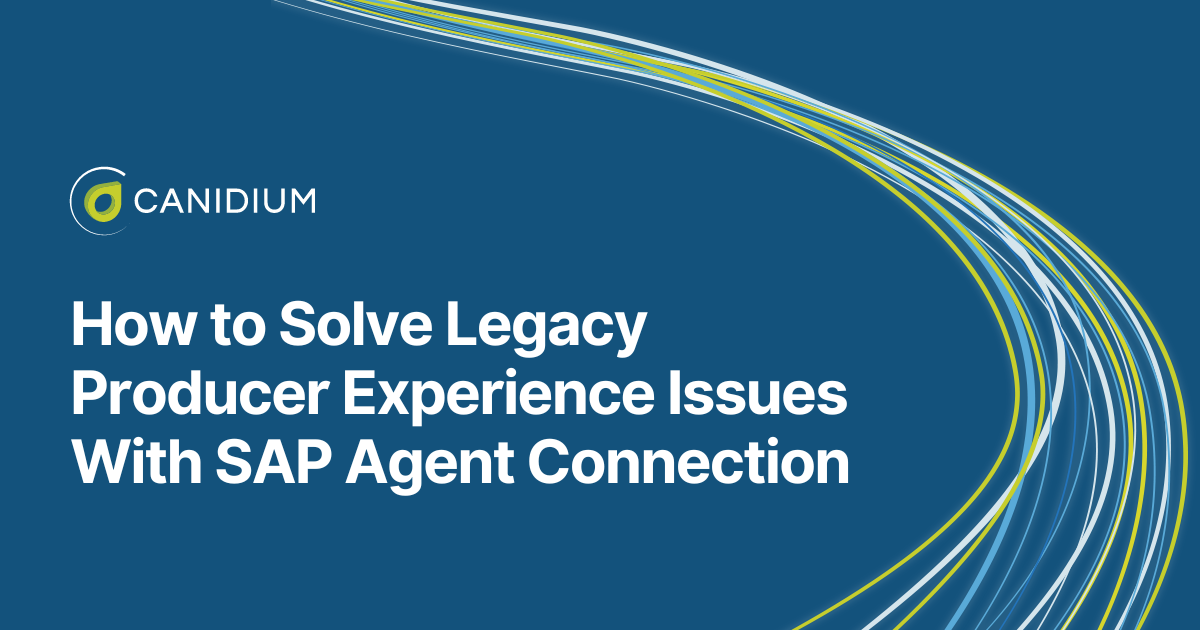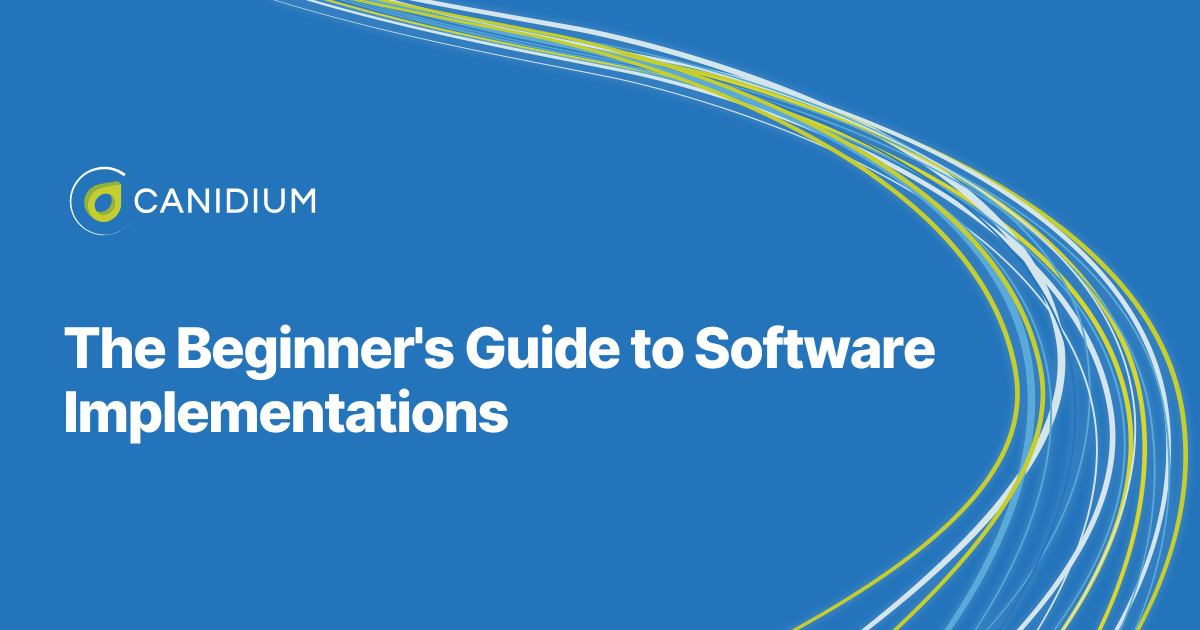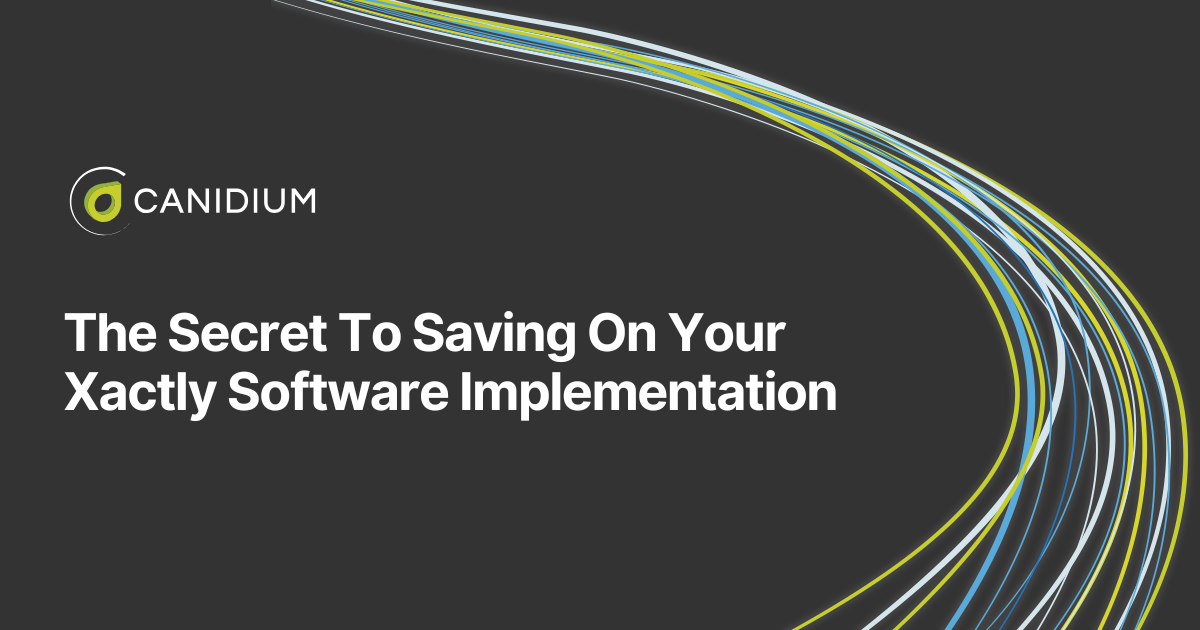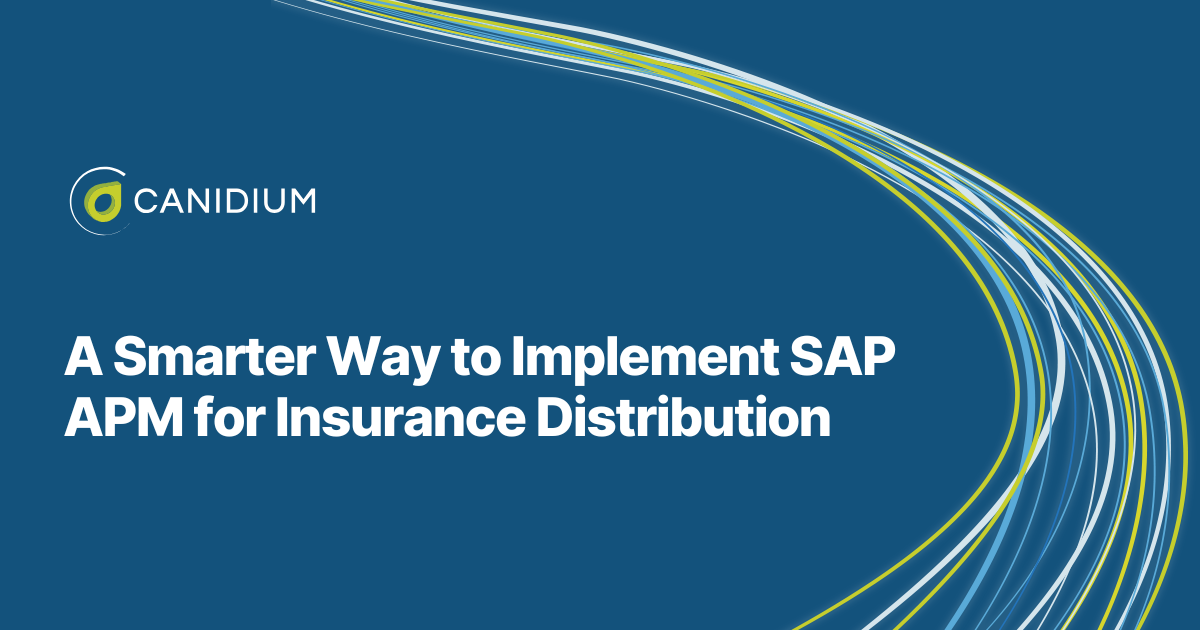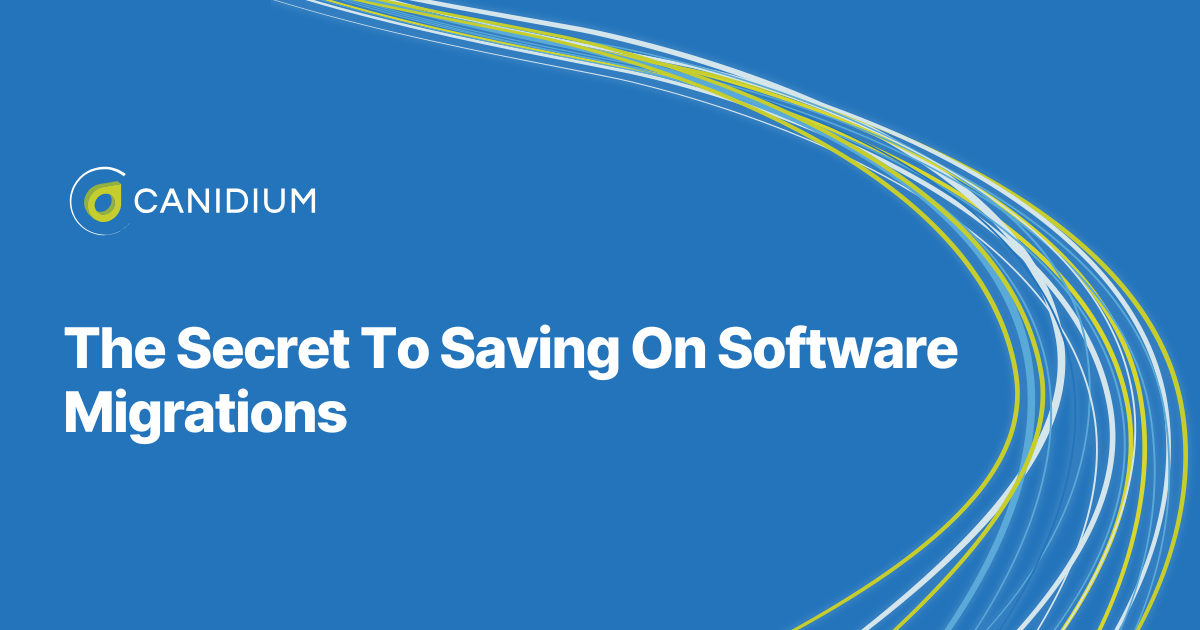Legacy systems are often unable to adapt to modern technological advancements. Consequently, agencies and fintech services operating on legacy technology frequently experience decreased efficiency, higher operational costs, and increased security vulnerabilities.
At Canidium, our expert insurance and fintech implementation team educates clients on the available solutions to their business challenges. We help clients navigate the technological landscape as an unbiased third party.
To help you understand the impacts of a legacy system on the producer experience, this article walks through the individual challenges you may face and how SAP's Agent Connection works to solve these issues.
The Challenges With Legacy Producer Management Systems
Legacy technology comes with a hefty price tag. In fact, a study on the financial impact of outdated technology in government found that just 10 legacy systems cost taxpayers $337 million dollars annually.
Many legacy systems were built using older technologies that have since been surpassed in terms of speed, efficiency, and capability. These systems may not support modern software updates or integrate well with newer systems, which can limit their functionality and the ability to keep pace with business needs.
At the same time, maintaining legacy systems can be costly. They often require specialized knowledge to manage and update, and finding IT professionals who are skilled in older technologies can be challenging and expensive. Additionally, as the hardware or software ages, it becomes more prone to failures, increasing the cost and frequency of repairs.
Beyond these ubiquitous costs that come with most legacy technologies, insurance producers' user experience is significantly impacted. They are unable to work to their maximum potential without the modern tools required to do so.
To understand the full scope of legacy systems' impacts on the producer experience, you will need to consider the following consequences:

Outdated Technology and User Experience
Legacy systems suffer from outdated technology and interfaces that are often not responsive, limiting accessibility on mobile devices such as smartphones and tablets. These systems lack the flexibility needed to adapt to new business requirements or technologies, which can severely hamper a company's ability to respond quickly to market changes.
Operational Inefficiencies
Legacy systems are notorious for their slow update processes, which can impede business agility. They also tend to place a heavy burden on IT departments, which must devote considerable resources to maintaining these outdated systems. This maintenance not only involves significant financial costs but also diverts attention from critical areas such as data security and technological innovation.
Impact on Producer Experience
Producers may struggle to access information swiftly, affecting their ability to serve clients effectively and potentially hindering their sales performance. Moreover, legacy systems often lack modern features such as real-time data access, interactive dashboards, or seamless integration with other software, leading to user dissatisfaction.
Cost Implications
Maintaining old systems is expensive and consumes substantial financial resources and time—resources that could be better spent on more productive technological investments. Furthermore, the financial and resource commitments required to maintain these systems can prevent organizations from adopting newer, more effective technologies.
Risk of Obsolescence
As they age, legacy systems may not integrate well with newer technologies, resulting in inefficient data silos. They may also fall behind modern security standards, increasing vulnerability to cyber threats and posing significant risks to data integrity.
How to Solve Producer Experience Challenges With Agent Connection
Implementing updates to your existing infrastructure is the best way to overcome the challenges of legacy systems. For insurance producers, this means integrating solutions like SAP Agent Connection, which provides access to producer lifecycle management, sales tools, and service tools from a single source.
The benefits of an advanced system like agent connection are manifold. More specifically, agencies can expect to see the following advantages from an Agent Connection Implementation:
.png?width=1920&height=1080&name=The%20Challenges%20With%20Legacy%20Producer%20Management%20Systems%20(1).png)
Enhanced Accessibility and User Experience
Agent Connection's responsive design ensures that the portal is usable on various devices—from desktops to tablets and smartphones—thereby enabling producers to access critical data and functionalities while on the move. For example, a producer in a client meeting can quickly pull up relevant policy details on their tablet to answer questions or finalize details, enhancing the client interaction process without the need for bulky laptops or paper files.
Quick Implementation and Updates
The streamlined architecture of Agent Connection allows for rapid deployment across departments without the lengthy downtimes associated with legacy systems. For instance, when a new compliance regulation comes into effect, the system can be updated to incorporate these changes swiftly. This ensures that producers always have access to the most current tools and information, enabling compliance and reducing the risk of regulatory infractions.
Improved Data Access and Management
Through its card-based interface, Agent Connection provides a user-friendly way to visualize and interact with data. Producers can see cards representing different data points, such as current leads, policy renewals, or commission structures. Clicking on a card might reveal deeper details, such as the individual client profiles under a lead card or specific figures behind a commission summary. This makes navigating and interpreting complex data sets easier and more intuitive.
Reduced IT Burden
Agent Connection reduces the dependency on IT support by facilitating easier system maintenance that can be managed directly by end-users or administrative staff. For example, adding a new producer to the system or adjusting commission rates can be done through a simple interface, eliminating the need for specialized IT intervention. This autonomy not only speeds up operational changes but also significantly reduces costs related to IT services.
Enhanced Security
The portal incorporates advanced security protocols such as two-factor authentication, data encryption, and regular security patches, which are seamlessly integrated and updated in the background. This means that producers can focus on their primary responsibilities without worrying about data breaches or cyber threats, trusting that their client information and personal data are secure.
Self-Service Options
Agent Connection empowers producers with self-service options that reduce dependency on administrative support. For instance, producers can independently update their banking information for commission payments or download necessary marketing materials and contract templates directly from the portal. This capability not only speeds up their workflow but also reduces administrative overhead.
Customization and Flexibility
Organizations can customize Agent Connection to suit their specific needs. For example, if a company has unique performance metrics, it can configure the dashboard to highlight these metrics in the form of customizable cards. Additionally, if the business operates in multiple regions with different languages, the portal can be set up to allow users to switch languages as per their preference, making it a truly versatile tool across diverse geographical locations.
How to Use Agent Connection
Agent Connection is a distinct product from APM, primarily serving as a reporting tool that consolidates data from various sources into a single interface. This one-stop portal is crucial for producers who need to access a comprehensive view of their business activities, compliance status, and more.
Users log into Agent Connection through a role-based access control system. Depending on their role, they may see different ""workspaces"" tailored to their needs. For instance, an individual agent would see only their personal sales and information, while someone logged in as a manager of an agency could view data across all agents within their organization.
Key Features
- Book of Business: This feature displays all the policies a producer is selling, with tools to drill down into specific details like policy expiration dates and customer demographics.
- Commissions: Producers can track their earnings from sales, which is critical for motivation and performance analysis.
- Compliance: This section helps producers ensure they meet all necessary appointments and licensing requirements to legally sell insurance, highlighting expirations or renewals needed.
- General Information: Provides basic information about the producer, such as contact details, and allows for updates to ensure communication lines are open and accurate.
Customization and Interactivity
Agent Connection is highly customizable, allowing the look and feel to be adjusted to match company branding or specific user requirements. It offers out-of-the-box functionalities that can be modified or expanded with custom cards according to the organization's unique implementation of APM.
At the same time, users can adjust their views, add or remove data fields, and export data to Excel. This flexibility greatly enhances the user's ability to manipulate and interact with their data according to their specific needs.
Workflow Integration
Agent Connection also integrates with workflow tools, enabling users to update their information directly through the portal. This integration simplifies processes such as address changes, licensing updates, and compliance management, making them more efficient by automating updates and approvals as needed.
Optimizing Your Producer Management System With Agent Connection
In practice, Agent Connection streamlines several processes that were traditionally cumbersome. For example, if an agent needs to update their address or other personal details, they can do so through the portal, and the changes are either automatically updated or sent for approval depending on the company's policy. This functionality not only saves time but also reduces errors associated with manual data entry.
Agent Connection's configurable nature allows it to be tailored to the specific needs of different roles within an organization, enhancing both individual and managerial experiences. By providing a centralized, interactive platform for managing sales, commissions, and compliance, it helps producers stay organized, informed, and compliant, ultimately leading to better business outcomes.
Learn how to build a cohesive digital ecosystem with SAP's APM software here.


